What is a Story Vine?
A story vine is a retelling strategy used to develop students’ reading skills. When using this strategy, students work on their retelling skills in a creative way and can be used to develop language and support reading and writing in a cross-curricular manner (Sometimes Reading is Hard p 91). Creating story vines can be a literacy strategy that connects to the drama arts.
A story vine is braided yarn that has artifacts tied to the braid. The artifacts connect to the story and help with retelling and sequencing the events of a story.
Steps to create a Story Vine
When introducing the story vine strategy to students, read your selected book. Have an example for students of a story vine when describing what it is. Demonstrate how to retell a story with the story vine.
The following is an example of a story vine using the book The Paper Bag Princess by Robert Munsch.
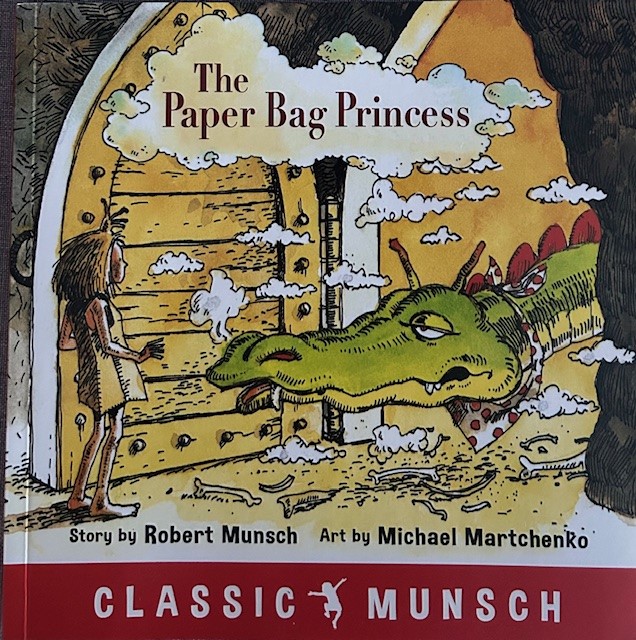

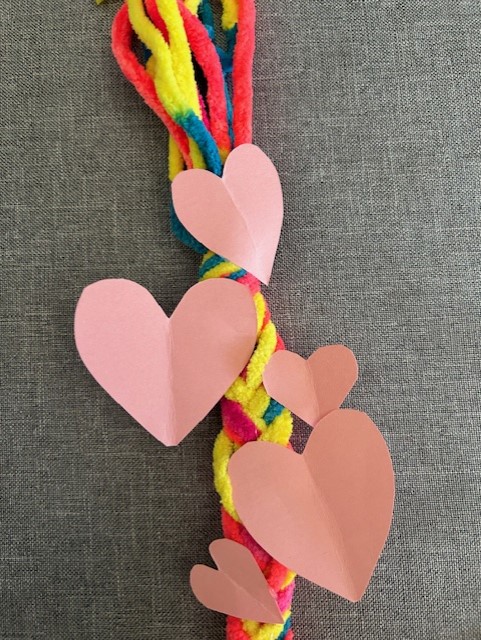
Hearts: Represent the beginning of the story when the main character Princess Elizabeth was to marry Prince Ronald.
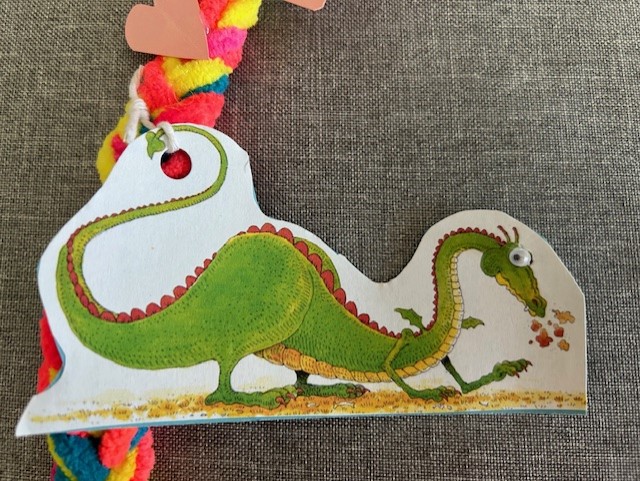
The dragon is the antagonist who burns Princess Elizabeth’s castle down, burns her clothes off her body, and kidnaps Prince Ronald.

The orange, red and yellow tissue paper is to remind us of the fiery dragons destruction.

The bones represents the path of burnt bones and grass the dragon left, making it easy for Elizabeth to find the dragons lair.
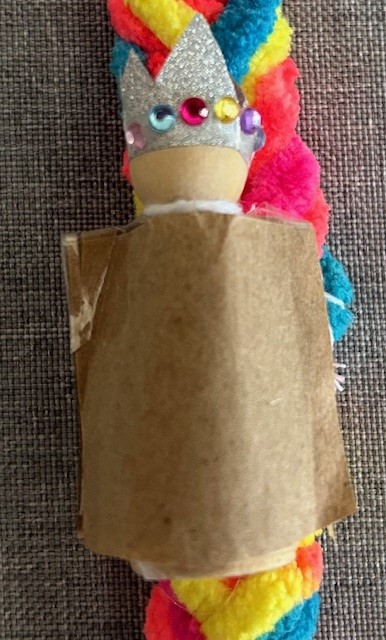
The person with a crown wearing a paper bag represents Elizabeth.

The tennis racket represents the prince as it is more important to the prince than the princess.
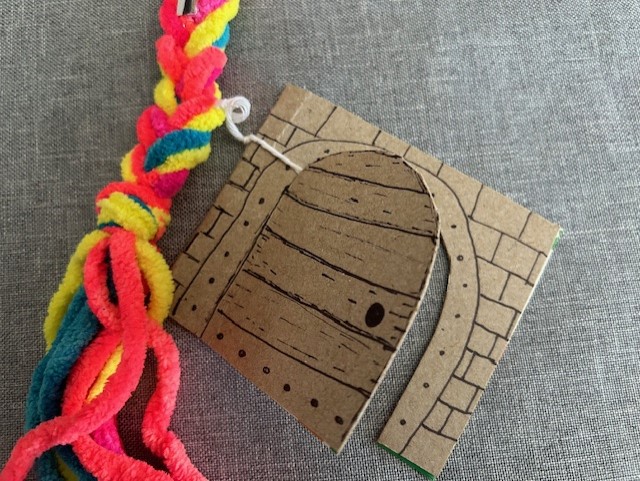
- The last artifact is the door to the dragons lair, as Elizabeth had to approach it many times until she came up with an amazing plan to outwit the dragon. Reminding us that:
- Elizabeth rescues Ronald to learn that he is a spoiled, mean person.
- Elizabeth learns that she doesn’t need to marry the prince to be happy, that it is ok to stand up for one-self.
Theme of Paper Bag Princess: Breaks down traditional gender roles in society, demonstrates resilience, and determination for ones happiness.
After modeling the strategy, encourage students to explore book options for their own story vine creations. It is advisable to provide a collection of books that students are familiar with. Creating story vines could be a fantastic mentor project, pairing younger and older grade classes. Once a student and their mentor buddy have selected a book and read it, they can begin creating the story vine. To assist in generating ideas, students could create idea maps.
After students have completed their story vines, it is important to offer them multiple opportunities to retell their stories with others. This practice will help enhance their confidence in language fluency, vocabulary, and comprehension (Sometimes Reading is Hard, p.92)
Advantages of Story Vines for Students
According to Sometimes Reading is Hard (p.91), there are major benefits to students reading development when creating story vines such as:
- Students develop a deeper understanding of the story and are able to sequence story events effectively.
- Students become familiar with new vocabulary.
- Creating story vines can bring together student imagination and reading.
- Story vines are a strategy that can help students strengthen fluency in reading and talking.

Leave a Reply
You must be logged in to post a comment.